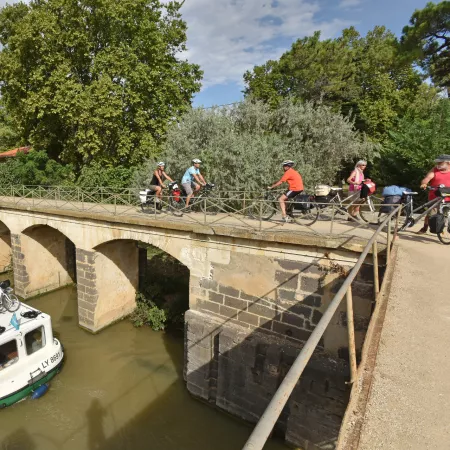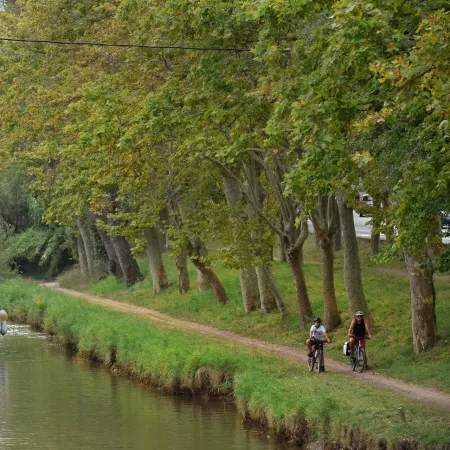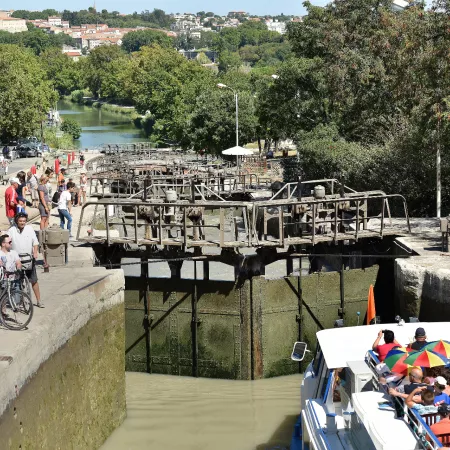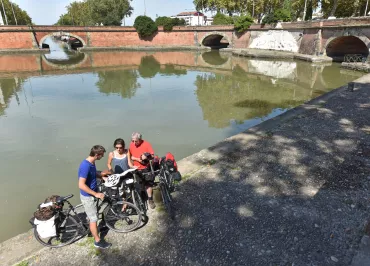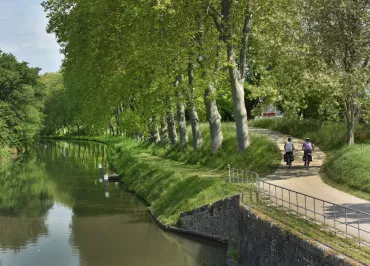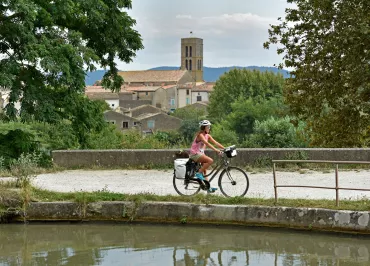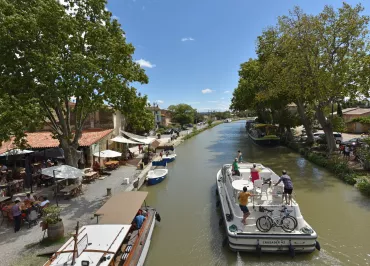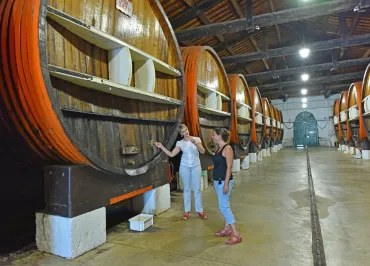The Canal du Midi
A canal listed as a UNESCO World Heritage Site
The Canal du Midi is considered a masterpiece of French engineering, linking Toulouse to the Mediterranean via a waterway running for almost 250 kilometres. The Canal du Midi is now much appreciated by boating tourists, hikers and cyclists. The cycle route beside the canal is still being developed at time of writing.
The Canal du Midi and Pierre-Paul Riquet
It was only in the 17th century, with the arrival on the scene of brilliant engineer Pierre-Paul Riquet, that the Canal du Midi would see the light of day.
The creation of the Canal du Midi is inextricably linked to the story of its inventor, Pierre-Paul Riquet.
Born in 1609, he was the eldest son of Guillaume Riquet, a lawyer and prosecutor in the southern town of Béziers and, ironically, a fierce opponent of the construction project for a Canal des 2 Mers at the start of the 17th century.
Following his studies, Pierre-Paul joined the administrative department for the gabelle, or salt tax, from which he made his fortune. Remember that at this period, salt was used to preserve food such as meat and fish, as well as cattle feed, and, as such, was a vital element. Its sale was controlled by royal monopoly and those who collected the significant tax on salt were known as ‘fermiers’ (‘tax farmers’), paying the taxes collected from the local population to the royal coffers, but being allowed to keep a good share for themselves.
Next, Riquet found another very lucrative position, as a munitions supplier to the royal armies in Catalonia. In this capacity, he had to see to the provision of both arms and victuals for the troops.
Having acquired a fine property in Verfeil (in the département, or county, of Haute-Garonne), on the back of his fortune, he could have settled down to enjoy a quiet life, but as he reached his 60s, he was still full of ambition and seeking fame and recognition. He would succeed in this goal thanks to the titanic project of the Canal des Deux Mers, which he worked on until his dying day.
As he carried out studies and feasibility experiments, he won the support of Louis XIV’s great minister Colbert for the realization of the canal.
Involved not just in the conception and development of the project but also in its financing, Pierre-Paul Riquet, nicknamed ‘the lord of the Canal’, spent his personal fortune on it. He did not quite live long enough to see its completion, as the inauguration took place seven months after his death.
